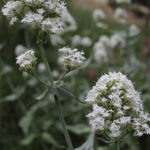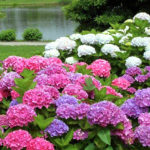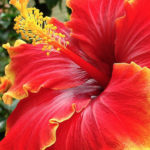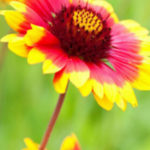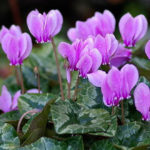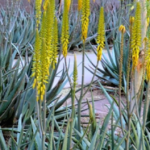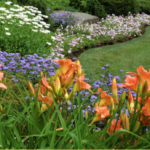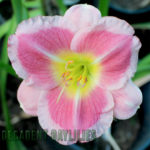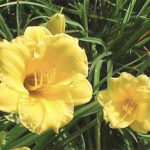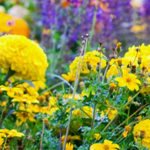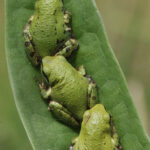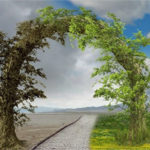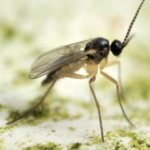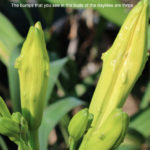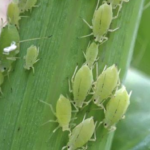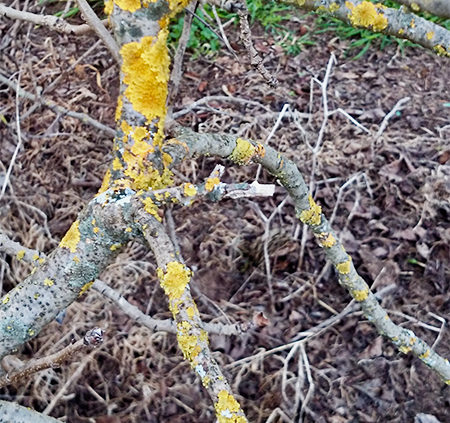
Facts About Lichens Growing On Trees
All That You Wanted to Know About Lichens
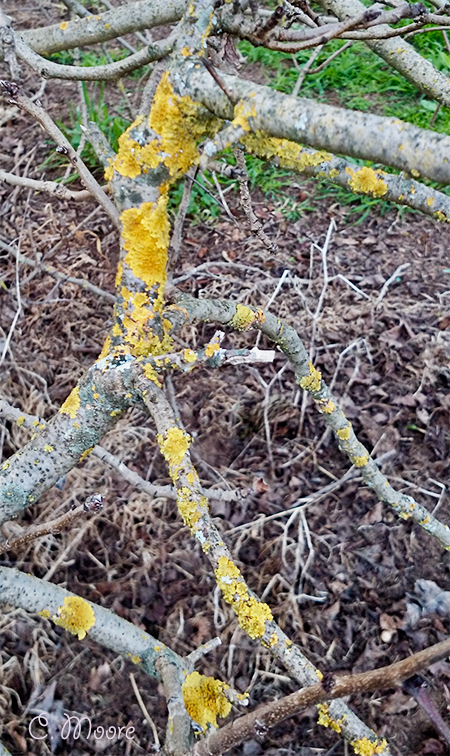 Lichens are made up of two different life forms. It is a composite organism that is developed from a combination of algae or cyanobacteria and fungi. Both the organisms benefit from this type of association. The algae and the cyanobacteria will provide the food whereas the fungus will provide the protection that the lichen needs from the environment. The lichens are seen in many forms, colours, and sizes. There are over 20,000 species of lichens seen around the world with 3000 of them from Australia.
Lichens are made up of two different life forms. It is a composite organism that is developed from a combination of algae or cyanobacteria and fungi. Both the organisms benefit from this type of association. The algae and the cyanobacteria will provide the food whereas the fungus will provide the protection that the lichen needs from the environment. The lichens are seen in many forms, colours, and sizes. There are over 20,000 species of lichens seen around the world with 3000 of them from Australia.
More About Lichens
The lichens are seen to grow all over the world, right from the polar areas to the tropics and from the rainforest to the desert areas. The most common types of lichens are the tiny and leafless branches called the fruticose, flakes that are seen on the surface similar to peeling paint called the crustose and leaf-like flat structures called the foliose. They also take many other growth forms. Lichens are commonly seen on the hard surfaces like rocks as well as on the twigs and the barks of trees. They will not harm the plants on which they grow as they are non-parasitic. Some of the common types of lichens include Usnea subfloridana, Ramalina farinacea, Hypogymnia physodes, Xanthoria parietina, Candelariella reflexa, etc.
Why Do Some Trees Have Lichens?
Lichens love to grow on the branches and the tree trunks as they provide a good place for them to reside. They will get the necessary sunlight materials and the rainwater from the air. Many homeowners consider the growth of these colourful organisms on the tree barks to be related to plant diseases. The fungi that are seen within the lichen will not harm the trees. But, the fungi that are outside of the lichen can cause damage to the tree and result in its decomposition.
Do Lichens Harm the Trees?
If you spot the lichens to be growing on the trees, then it is a sign that the tree is a slow growing one. The lichens will not cause any damage to the tree, but they can easily cover the slow-growing trees. I have noticed that they grow prolifically on trees that have plenty of dead branches and twigs. If this is the case, then you should understand that there is something wrong with the tree.
How to Get Rid of Lichen On Trees And Shrubs?
Manual Removal of Lichens
The lichens can be removed from small trees and shrubs manually. You might need to use a ladder to remove the lichens from hard to reach areas.
- You should not look to pull it off from the tree. You should only try to lift it up from the tree.
- This way you can avoid the damage that lichens can cause on the tree due to jerking.
- Pruning the tree branches and the scrubs that are infected with lichens is also a good way to remove them.
Chemical Removal
Some varieties of lichens can be removed using chemicals.
- Mix 6 tablespoons of liquid copper sulfate in a US gallon of water = 3.78541 litres for lichen control.
- Apply it on the lichens sticking on to the trees and shrubs. This must be done during the winter season or the dormant season.
This chemical treatment will get rid of lichens.


